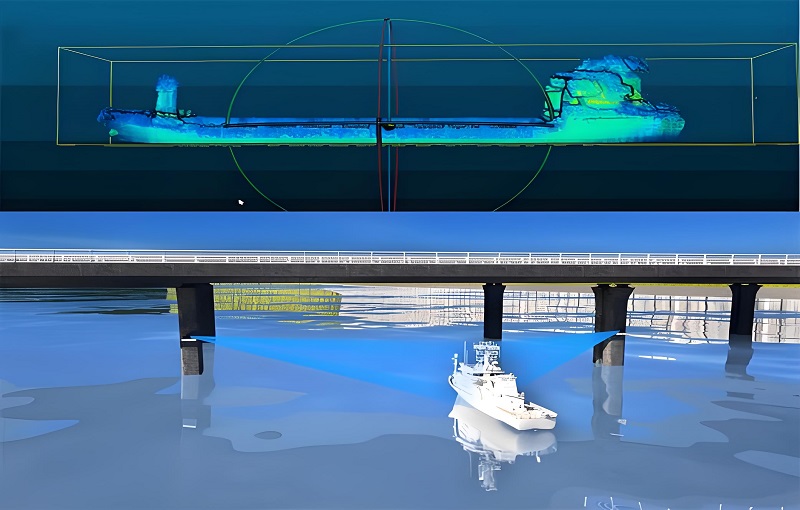Introduction
Light Detection and Ranging (LiDAR) technology has become a critical component in the operation of smart ships, providing precise measurements and real-time data essential for navigation and situational awareness. However, to fully leverage the benefits of LiDAR, it is crucial to understand the precautions necessary to ensure its effective use. This article will discuss key precautions, including regular calibration, environmental impact awareness, power management, and integration with other navigational systems.

Regular Calibration
One of the most critical precautions when using LiDAR on smart ships is ensuring that the system is regularly calibrated. Calibration involves adjusting the LiDAR sensors to maintain accuracy in measurements, especially after installation, maintenance, or after the ship has undergone repairs or upgrades. Miscalibration can lead to significant errors in data, potentially compromising the safety and efficiency of the ship’s operations.
Calibration should be performed under controlled conditions, ideally in environments that mimic the operational conditions of the ship. Automated calibration processes can be integrated into the ship’s systems, ensuring that adjustments are made frequently and accurately. Manual calibration might be necessary in some cases, particularly when the ship operates in unique or challenging environments.
Understanding Environmental Impacts
LiDAR technology is highly sensitive to environmental conditions. Factors such as fog, rain, snow, and even sea spray can impact the performance of LiDAR sensors. For instance, water droplets can scatter the laser beams used by LiDAR, leading to inaccurate distance measurements or even complete signal loss. Therefore, it is essential to monitor environmental conditions continuously and adjust the LiDAR system accordingly.
Smart ships equipped with LiDAR should include additional sensors that monitor weather conditions in real-time. By integrating this data with the LiDAR system, the ship’s crew can be alerted to potential issues and take corrective actions, such as adjusting the ship’s speed, changing the course, or relying on alternative navigational aids until conditions improve.
Power Management
LiDAR systems on smart ships require a stable and consistent power supply to operate effectively. Fluctuations in power can lead to temporary shutdowns or malfunctions, which can be critical during complex navigational maneuvers. Ensuring a dedicated power supply, with backups in place, is a necessary precaution.
Power management systems on smart ships should be designed to prioritize LiDAR systems, ensuring they receive uninterrupted power. Additionally, it is essential to regularly test backup power systems to ensure they can seamlessly take over in the event of a primary power failure. Monitoring the power consumption of LiDAR systems can also help in optimizing energy usage, particularly on long voyages where energy conservation is crucial.
Integrating LiDAR with Other Navigational Systems
LiDAR technology should not be used in isolation. Instead, it should be integrated with other navigational systems such as GPS, radar, and AIS (Automatic Identification System) to provide a comprehensive and redundant navigational solution. This integration allows for cross-referencing of data, improving overall accuracy and reliability.
Redundancy is critical in maritime navigation, where even minor errors can lead to severe consequences. By integrating LiDAR with other systems, discrepancies in data can be identified and corrected in real-time, reducing the likelihood of navigational errors. Crew training on how to interpret and cross-reference data from multiple sources is also essential to ensure that the full benefits of this integration are realized.
Conclusion
The effective use of LiDAR technology on smart ships requires careful attention to several critical precautions. Regular calibration, awareness of environmental impacts, stable power management, and integration with other navigational systems are all essential to ensure the reliability and accuracy of LiDAR data. By following these precautions, ship operators can maximize the benefits of LiDAR, enhancing the safety and efficiency of maritime operations.


